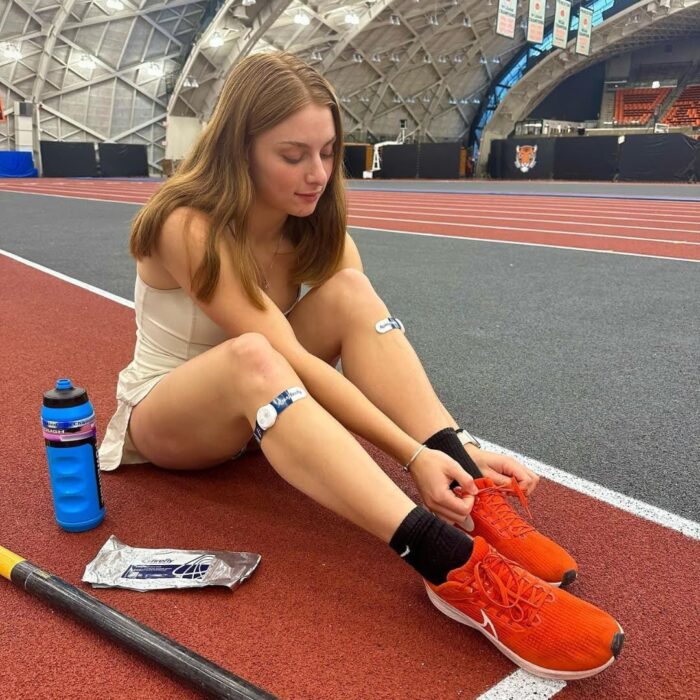The Army Combat Fitness Test (ACFT) is a grueling assessment that tests soldiers on strength, endurance, and mobility. To perform at their peak on test day, soldiers need to incorporate dedicated recovery sessions into their training regimen. Proper rest and recovery allows the body to adapt to training stresses, repair damaged tissues, reload energy stores, and ultimately get stronger. In this article we talk about Recovery Techniques for ACFT Athletes In 2024.
Prioritize Sleep

Sleep is the most basic yet most important recovery tool available. During sleep, the body secretes hormones that repair damaged muscle fibers, replenish fuel stores, and rejuvenate the nervous system. ACFT trainees should aim for at least 7-9 hours of sleep per night. To facilitate restful sleep, avoid screen time for 1-2 hours before bedtime, sleep in a cool, dark room, and consider investing in blackout curtains, a quality mattress, and comfortable bedding. Developing an evening routine that promotes relaxation also sets the stage for sound slumber.
Fuel Properly
Providing your body adequate energy through balanced nutrition is vital for recovery. Be sure to refuel immediately after workouts with a mix of carbohydrates and protein to restock muscle glycogen and repair damaged tissues. Getting in an additional 20-40g dose of protein every 3 hours while awake can further enhance rebuilding. Don’t neglect the power of fruits, vegetables, and anti-inflammatory foods to return the body to homeostasis. Hydrate properly as well by drinking about half your body weight in ounces of fluid daily.
Alternate Hard and Easy Days
A common mistake many ACFT trainees make is grinding through hardcore sessions day after day without programmed recovery. This inevitably leads to fatigue, lack of progress, and heightened injury risk. A better approach is to alternate hard and easy training days that blend intense sessions with active recovery activities. For example, follow up a brutal strength workout with easier technical work or light aerobic conditioning the next day. Or, take a complete rest day to allow your body to integrate training effects.
Utilize Active Recovery
Active recovery sessions are a great way to flush waste products from tissues, increase blood flow, and promote the healing process without taxing your body further. Useful active recovery work includes light aerobic exercise, yoga, massage, foam rolling, cold water immersion, and other low-intensity modalities. Perform these activities shortly after demanding workouts when DOMS and fatigue set in for maximum effect. Just be sure not to turn active recovery into another brutal workout in disguise. The goal is to lightly get blood pumping without incurring further structural damage.
Get Sports Massages
Seeking out regular sports massages enhances soft tissue quality, reduces soreness, and improves mobility – all of which boosts recovery. The increased blood flow and direct pressure applied during massage carries nutrients to damaged areas faster while breaking up scar tissue and restrictions. Sports massages also decrease neurological excitability to relax the central nervous system. Schedule bi-weekly or monthly massages year-round if possible. Target specific trouble spots more frequently when training intensity is high.
Prioritize Mobility Work
The ACFT requires tremendous mobility through exercises like the Leg Tuck and Sprint-Drag-Carry. Ensuring you maintain joint health and range of motion facilitates recovery. Dedicate time each day to move through full ranges of motion and perform self-myofascial release. Follow intense workouts with light yoga flows emphasizing stretching and circulation. Receive assistance from coaches and sports medicine staff through dedicated mobility and flexibility programming as well. The more time you spend stiff and immobile, the less time your body can devote to actual recovery.
Embrace Rest Days
It can be tempting to train hard day in and day out when ACFT test day is looming. But rest days are just as important as hardcore workouts when it comes to adapting to training. Rest days give your nervous system a break, allow inflammation to subside, prevent overtraining, and make you more eager to push your limits in the next session. Avoid the temptation to cram in more exercise on rest days. Instead, engage in leisure activities you enjoy, spend time with loved ones, and let your body recharge.
Listen to Your Body
The best gauge of whether your recovery techniques are working is how you feel. Learn to become attuned to subtle signals like lingering soreness, fatigue, irritability, cravings, and drops in performance. If you feel run down heading into key workouts week after week, your recovery likely needs some tweaking. Build in additional rest days, assess your nutrition, or utilize more self-care strategies until you feel your energy, speed, and strength consistently rebound.
Recovery isn’t just about chilling on the couch all day. Dedicate real time and intention to activities that rejuvenate the body and mind while also laying the foundation for growth. Incorporate several of these restorative techniques into your ACFT training plan for visible performance improvements over time. With smart programming and proper recovery, you will perform at your highest level when the test administrator calls your name. I sincerely hope you find this “Recovery Techniques for ACFT Athletes In 2024” article helpful.

Leave a Reply